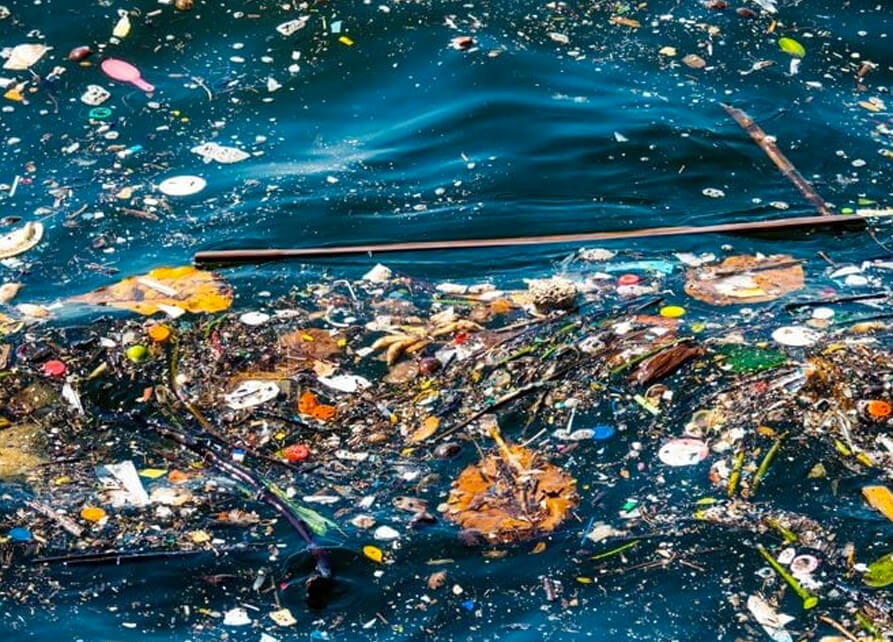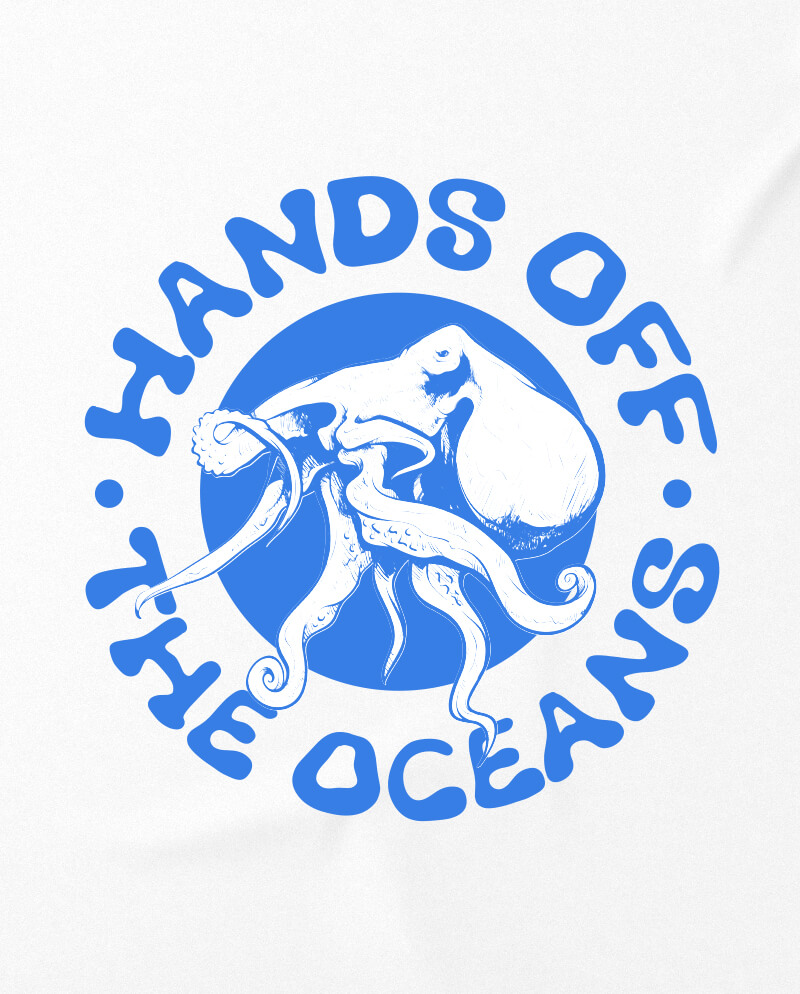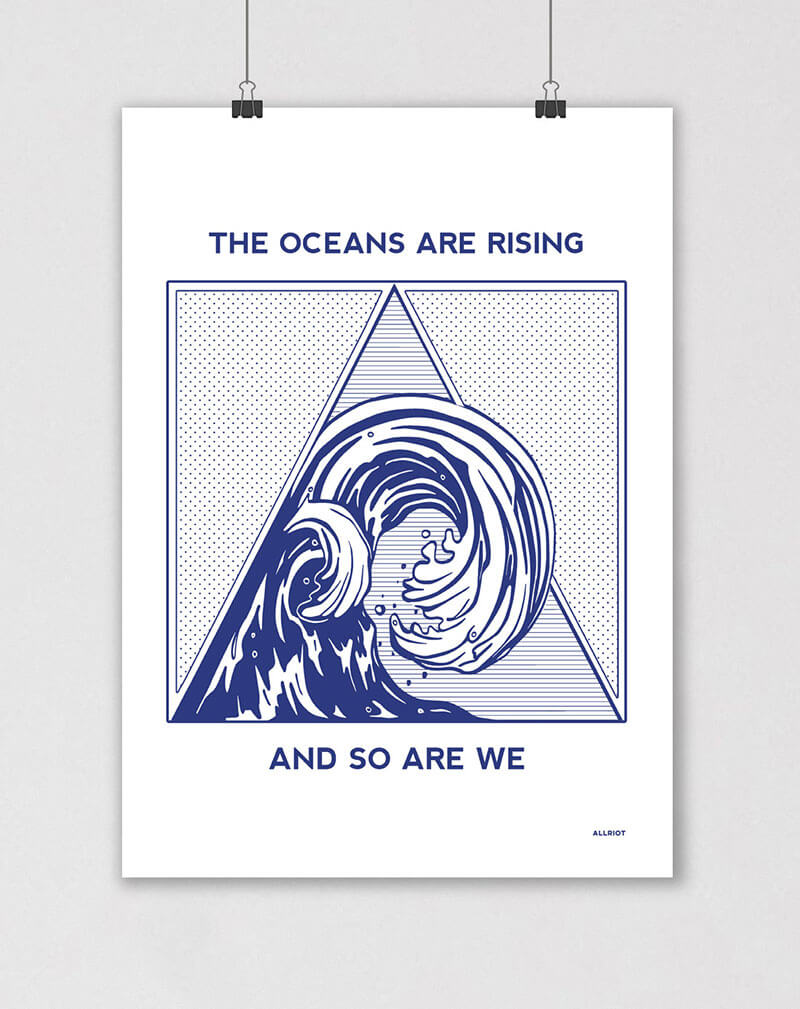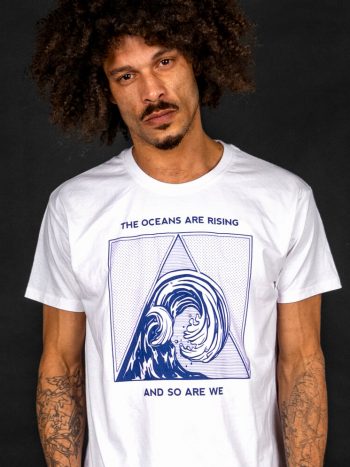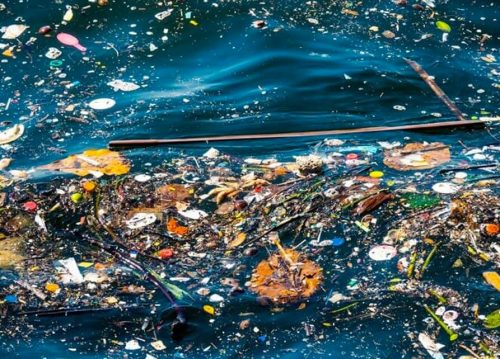The oceans are a crucial part of the planet’s ecosystem, providing food, oxygen, and regulating the climate. However, human activities such as pollution, overfishing, and climate change are rapidly degrading the oceanic ecosystem.
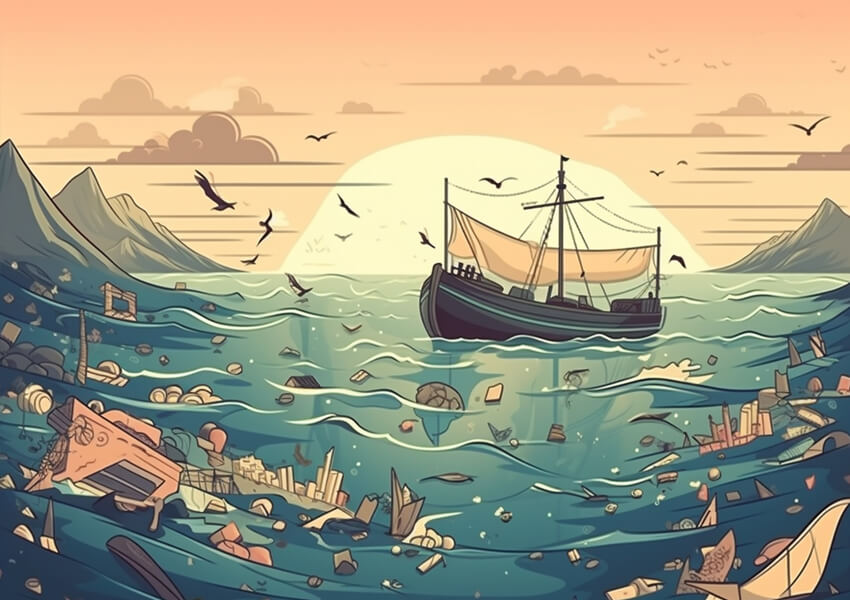
We explore the state of the oceans, the effects of human activities on the oceanic ecosystem, and projections for the future. Specifically, the blog post examines chemical pollution, plastic pollution, overfishing, reefs dying and decreasing biodiversity, ice caps melting, and other factors that contribute to the degradation of the oceans.
Here's why we MUST protect the oceans
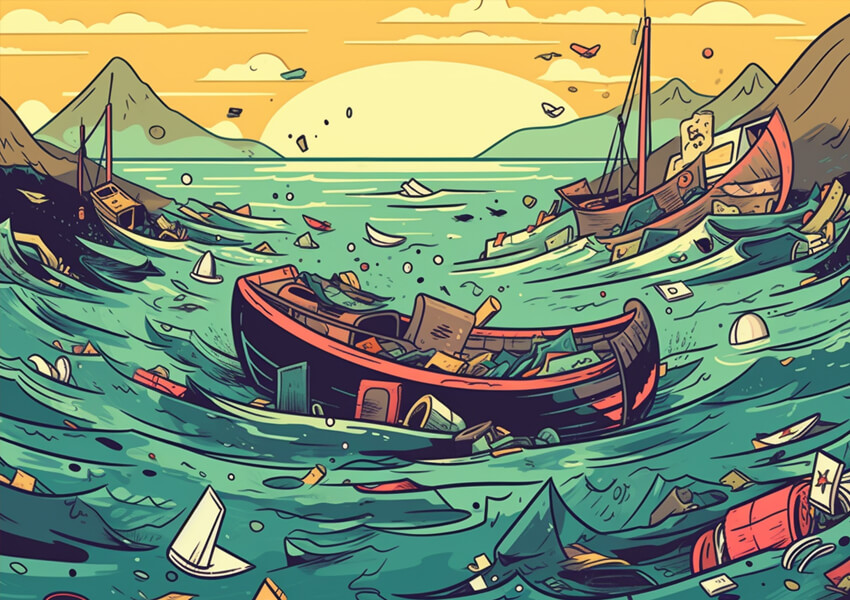
The oceans cover over 70% of the Earth’s surface and are vital to the survival of both marine and terrestrial life. They are a source of food, oxygen, and medicine, and play a critical role in regulating the planet’s climate. However, the oceans are under severe threat from human activities that are rapidly degrading the oceanic ecosystem. The main drivers of this degradation are pollution, overfishing, and climate change.
Chemical Pollution
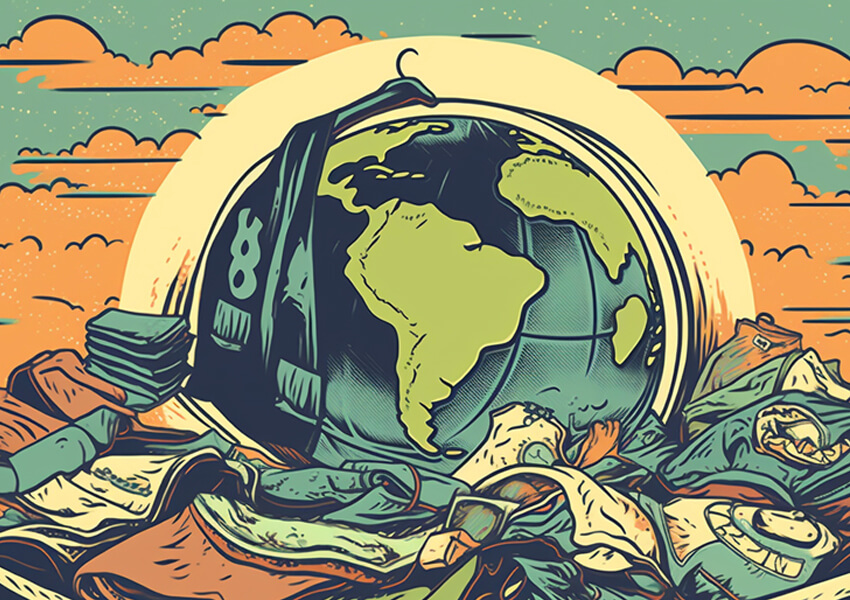
Chemical pollution is one of the most significant threats to the oceans. The oceans are a repository for many of the chemicals produced by human activity, including pesticides, fertilizers, and industrial chemicals. These chemicals can cause a range of adverse effects, including genetic mutations, reproductive problems, and reduced immunity in marine life. In addition, chemical pollution can disrupt the food chain, with top predators accumulating high levels of toxins in their tissues.
Chemical pollution in the oceans comes from a variety of sources, including industrial waste, agricultural runoff, and household chemicals. These chemicals can have a range of impacts on marine life, including damaging DNA and other genetic material, impairing reproductive ability, and compromising immune systems. They can also accumulate in the food chain, with larger predators like sharks and tuna having much higher levels of toxins in their bodies than smaller prey.
One example of chemical pollution in the oceans is the issue of mercury contamination. Mercury is a neurotoxin that can cause serious health problems, particularly for children and developing fetuses. It is released into the oceans through industrial activities like coal burning and mining, and can accumulate in fish and other marine life. This can have serious consequences for human health, as people who consume contaminated fish can be exposed to unsafe levels of mercury.
Plastics and Microplastics
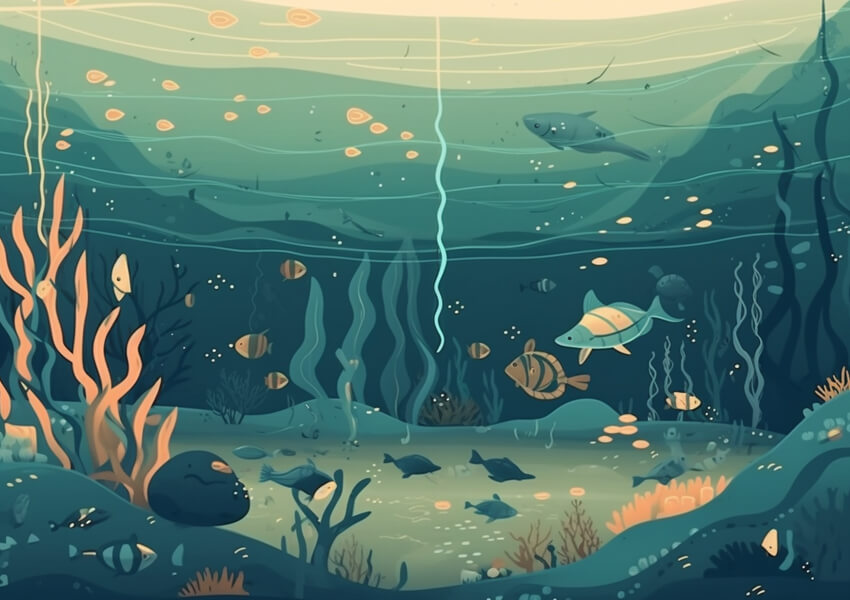
Plastic pollution is another major threat to the oceans. Plastic waste, particularly single-use plastic products, is being dumped into the oceans at an alarming rate. This plastic waste does not decompose, but instead breaks down into smaller and smaller particles known as microplastics, which can be ingested by marine life, including fish and plankton. These microplastics can also enter the food chain and be ingested by humans, causing potential health problems.
Plastic pollution is a growing problem in the oceans, with an estimated 8 million tons of plastic waste entering the oceans every year. This plastic waste can take hundreds of years to break down, and as it does so, it can release harmful chemicals into the water. Microplastics, which are tiny particles of plastic less than 5mm in size, are a particular concern, as they can be ingested by marine life and enter the food chain.
One example of plastic pollution in the oceans is the Great Pacific Garbage Patch, a large area of floating plastic waste located in the Pacific Ocean. The garbage patch is estimated to be twice the size of Texas and contains millions of tons of plastic waste. This plastic waste can harm marine life, as animals can become entangled in plastic debris or mistake it for food.
Overfishing
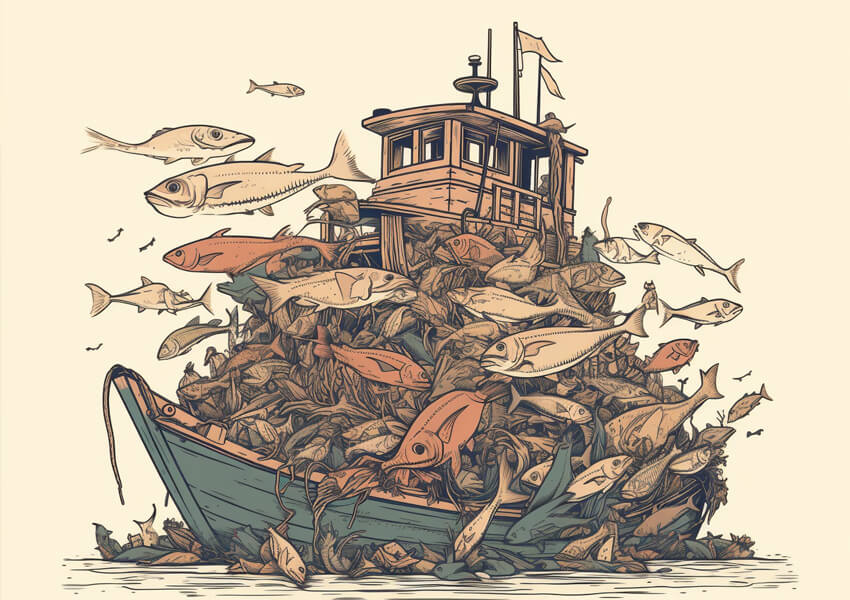
Overfishing is a significant problem that threatens the health of the oceans. Many fish populations are being depleted, with some species facing extinction due to overfishing. Overfishing can also lead to the collapse of entire ecosystems, as the loss of key species can disrupt the food chain and lead to the decline of other species.
Overfishing occurs when fish populations are harvested at a rate faster than they can reproduce, leading to declines in population and in some cases, collapse of entire ecosystems. Overfishing can also lead to the extinction of certain species, which can have knock-on effects throughout the food chain.
One example of overfishing is the Atlantic Bluefin Tuna. The Atlantic Bluefin Tuna is a highly prized species in the sushi market, with individual fish selling for tens of thousands of dollars. However, overfishing has led to a decline in the population of this species, with some estimates suggesting that it is down to just 3% of its historic levels.
Decreasing Biodiversity
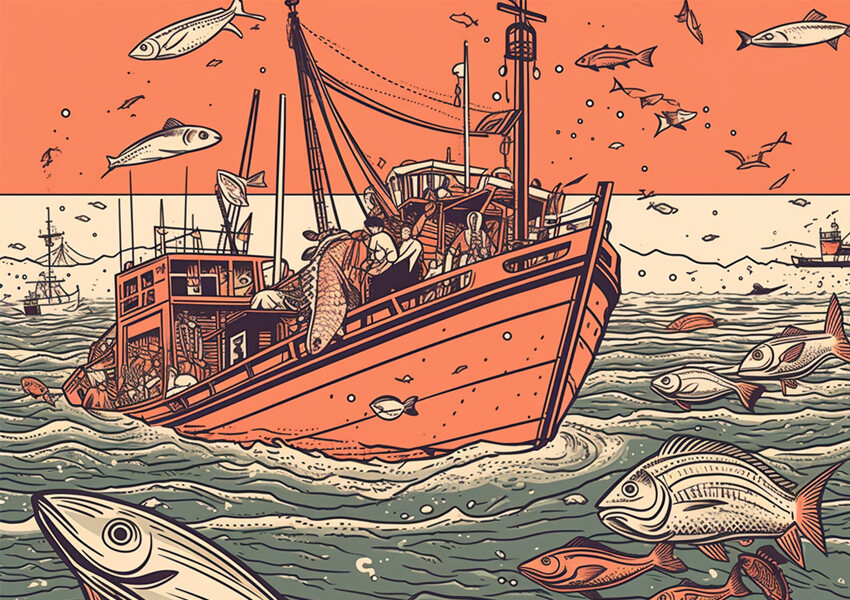
Coral reefs are one of the most biodiverse ecosystems on the planet, supporting an estimated 25% of all marine life. However, coral reefs are under severe threat from pollution, overfishing, and climate change. The rising temperatures and acidity of the oceans are causing coral bleaching, which occurs when the symbiotic relationship between coral and algae breaks down. This bleaching can lead to the death of coral, resulting in the loss of habitat and biodiversity.
Coral reefs are an important ecosystem in the oceans, providing habitat for a wide variety of marine life. However, coral reefs are under threat from a range of factors, including rising temperatures, ocean acidification, and pollution.
One example of coral reef degradation is the Great Barrier Reef, located off the coast of Australia. The Great Barrier Reef is the world’s largest coral reef system, but it has been severely damaged by bleaching events caused by rising ocean temperatures. Bleaching occurs when the symbiotic relationship between the coral and algae breaks down, causing the coral to turn white and eventually die. This can have serious consequences for the biodiversity of the reef, as well as for the tourism industry that depends on it.
Melting Ice Caps
The melting of the ice caps is another significant threat to the oceans. The melting of the Arctic and Antarctic ice caps is causing sea levels to rise, which can lead to flooding and erosion of coastal habitats. The melting of the ice caps also affects ocean currents, which can disrupt the climate and the distribution of nutrients.
The melting of the ice caps is causing sea levels to rise, which can lead to flooding and erosion of coastal habitats. The melting of the ice caps can also affect ocean currents, which can have impacts on the distribution of nutrients and on the climate.
One example of the impact of melting ice caps is the loss of sea ice in the Arctic. The Arctic sea ice has been declining at a rapid rate, with the summer sea ice extent decreasing by more than 10% per decade since the 1980.
The oceans are a critical part of the planet’s ecosystem, providing food, oxygen, and regulating the climate. However, human activities such as pollution, overfishing, and climate change are rapidly degrading the oceanic ecosystem.
If left unchecked, the degradation of the oceans will have severe consequences for the environment. It is crucial that governments and individuals take action to reduce their impact on the oceans, including reducing their use of single-use plastics, reducing chemical pollution, and supporting sustainable fishing practices. The future of the oceans depends on our actions today.
